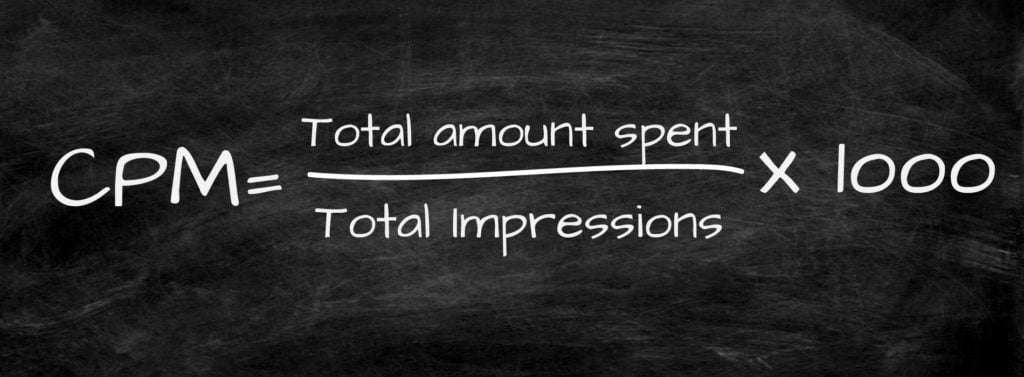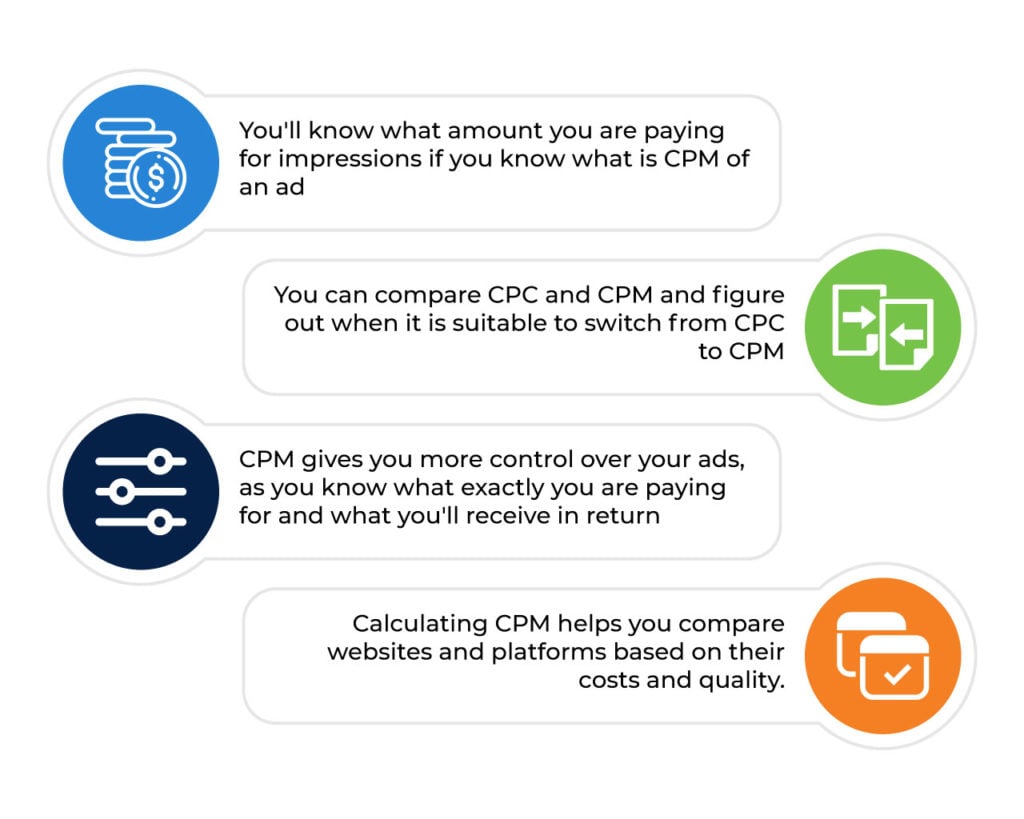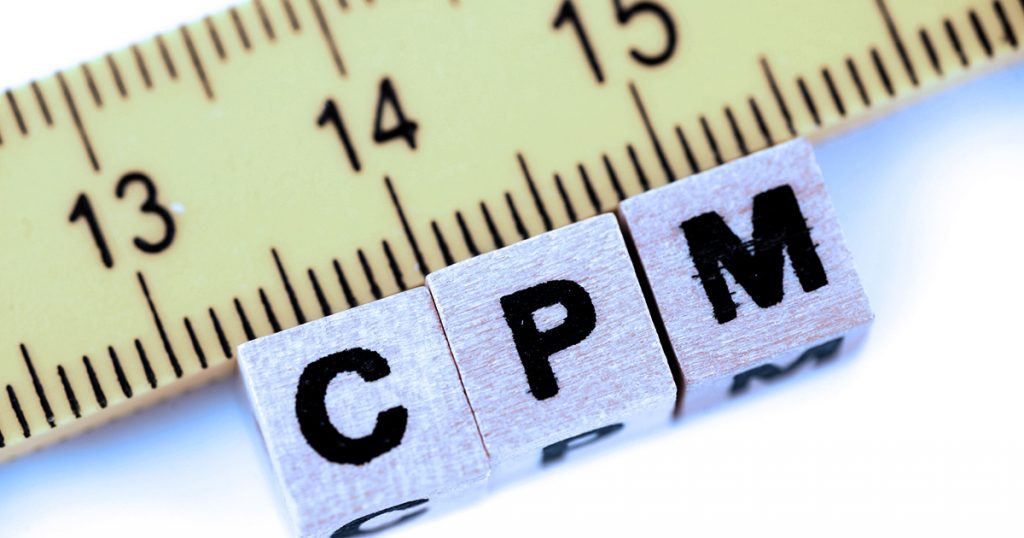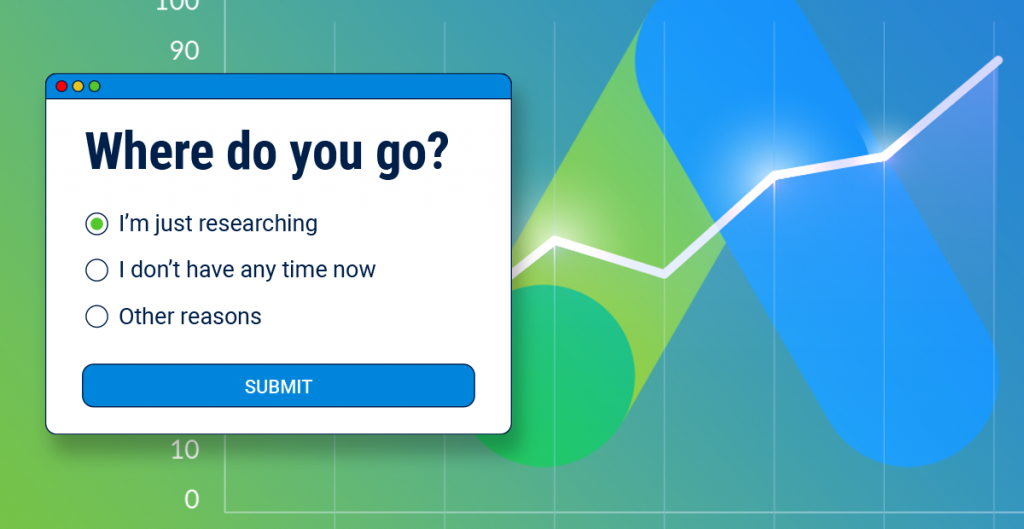One of the most essential tasks you have to perform as a digital advertiser is optimizing the cost of your campaigns. Cost optimization requires in-depth knowledge and understanding of cost-related metrics such as CPC, CPM, and others. Cost per mile (CPM) is a key metric that plays a significant role in your campaign’s overall cost.
This article covers everything you need to know about CPM: What is CPM, why it is important, its benefits, how it is different from other PPC metrics, and more.
What is CPM?
CPM is defined as the cost per thousand ad impressions where an impression is an ad view. The CPM ad model is based on the ad views instead of clicks and it is used for brand awareness (mostly). CPM, therefore, is used to determine the cost you’ll pay to have your ad seen by 1000 people.
You can bid for ad impressions in Google Display Network and choose between CPM or vCPM. vCPM refers to the viewable cost per mile. According to Google, an ad is considered viewable when 50% of the ad is visible to a user on the screen for at least one second.
How to Calculate CPM
Knowing what is CPM won’t be of much help if you don’t know how to calculate it. Here is the formula to calculate CPM:

You need two pieces of information to calculate CPM:
- Total amount spent on an ad or campaign
- Total impressions received against the amount.
Let’s take an example:
The total amount you spent for an ad campaign is $50 and you received a total of 7,500 impressions. Here is how you can calculate CPM for this campaign:
CPM = ($50 / 7500) x 1000
CPM = 0.00667 x 1000
CPM = $6.67
This means you were charged $6.67 for 1000 impressions.
Why CPM is Important
So, OK, CPM is this metric used in PPC.
But what makes CPM important?
Well, there are several factors that make CPM an important metric. One of the key importance of CPM is that it is less expensive than CPC as you don’t pay for clicks. When you use CPM as a metric, you are looking at views, and you are being charged based on that. This makes it one of the best pricing models for brand awareness ad campaigns.
CPM is also important for improving the visibility and credibility of your business. When your target audience views your ad multiple times across different websites, they get familiar with your brand. This makes it more likely for them to visit your site, and then refer your brand to a friend (precisely because they remember your company).
CPM works best in combination with CPC. When you find a winning ad that converts exceptionally well and has a high CTR, you can avoid paying a hefty CPC for such an ad by shifting to the CPM model. This way, you’ll only pay for impressions, which will consequently reduce your cost and improve ROAS significantly.
The way you use CPM in your advertising campaigns is important and makes all the difference. Knowing what is CPM and when to switch from CPC to CPM is the name of the PPC game.
Benefits of Calculating CPM
Calculating CPM for your ad campaigns has several benefits, including:

CPM vs CPC vs CPA
CPM is often compared with the cost-per-click (CPC) and cost per acquisition (CPA) pricing models that ad networks use. You already know what is CPM, let’s move to the CPC and CPA.
In a CPC pricing model, you pay for clicks that your ad receives. In the CPA model, you are charged for a successful acquisition that refers to a conversion or any action that you want your target audience to take after seeing your ad (e.g. filling a form or downloading an eBook).
CPM is suitable for brand awareness campaigns where you want your message to be delivered to your target audience without any focus on clicks. Ad campaigns that are focused on conversions where you want your audience to take an action after viewing your ad, you must go with either CPC or CPA.
A high cost-per-click doesn’t ensure conversions as someone who is clicking your ad doesn’t mean will convert. CPA, on the other hand, ensures conversions as you are charged for successful conversions. This makes CPA an expensive pricing model where the cost per acquisition is usually very high.
The pricing model you choose depends on your ad campaign objectives (brand awareness, driving traffic, generating leads, etc.) and advertising budget. CPM is the least expensive, followed by CPC, and CPA is the most expensive model.
How to Run a CPM Campaign Successfully
Running a CPM ad campaign on Google Ads is quite different from a CPC campaign. There are multiple ingredients that improve your CPM campaign’s ROI, including:
- Set your maximum CPM in Google Ads based on your budget. When you set a maximum CPM, Google Ads won’t charge you more than this amount. It saves you from overspending your ad budget
- Set an appropriate frequency for your CPM campaign. Ideally, you need to set it under 5 times which means your ad is shown to the same person no more than 5 times. Showing an ad to the same person multiple times might backfire (because it’s a lot like spamming and everyone hates spam, right? )
- Make your ad appealing and easy-to-remember. The whole idea of running a CPM-based campaign is to improve brand awareness. If your ads aren’t appealing, your audience might skip them or might simply forget them. Use less text and choose appealing colors to make your ads stand out from the crowd
- Improve your targeting. CPM ads are all about targeting. Showing ads to the wrong people will ruin your budget and the entire campaign. You need to set the right target audience to ensure success.
Is CPM Right for You?
You now know what is CPM and you are in a much better position to decide if it is the right model for you.
In a nutshell, when you decide if CPM is the best choice, you need to look at a couple of things:
- First, you are interested in improving the awareness or visibility of your business or company
- Second, you have done your homework in terms of the target audience. You know everything about the people you’ll target.
If these two conditions are met, you are OK to go ahead with the CPM pricing.



